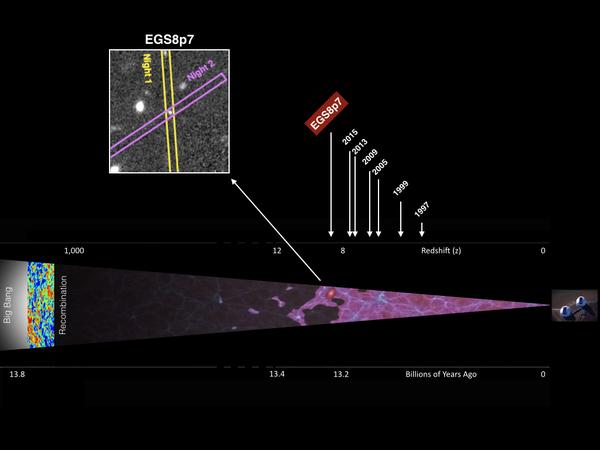By Ryan Wilkinson, Durham University
Only about 5% of the universe consists of ordinary matter such as protons and electrons, with the rest being filled with mysterious substances known as dark matter and dark energy. So far, scientists have failed to detect these elusive materials, despite spending decades searching for them. But now, two new studies may be able to turn things around as they have narrowed down the search significantly.
Dark matter was first proposed more than 70 years ago to explain why the force of gravity in galaxy clusters is so much stronger than expected. If the clusters contained only the stars and gas we observe, their gravity should be much weaker, leading scientists to assume there is some sort of matter hidden there that we can’t see. Such dark matter would provide additional mass to these large structures, increasing their gravitational pull. The main contender for the substance is a type of hypothetical particle known as a “weakly interacting massive particle” (WIMP).
To probe the nature of dark matter, physicists look for evidence of its interactions beyond gravity. If the WIMP hypothesis is correct, dark matter particles could be detected through their scattering off atomic nuclei or electrons on Earth. In such “direct” detection experiments, a WIMP collision would cause these charged particles to recoil, producing light that we can observe.
Continue reading →

